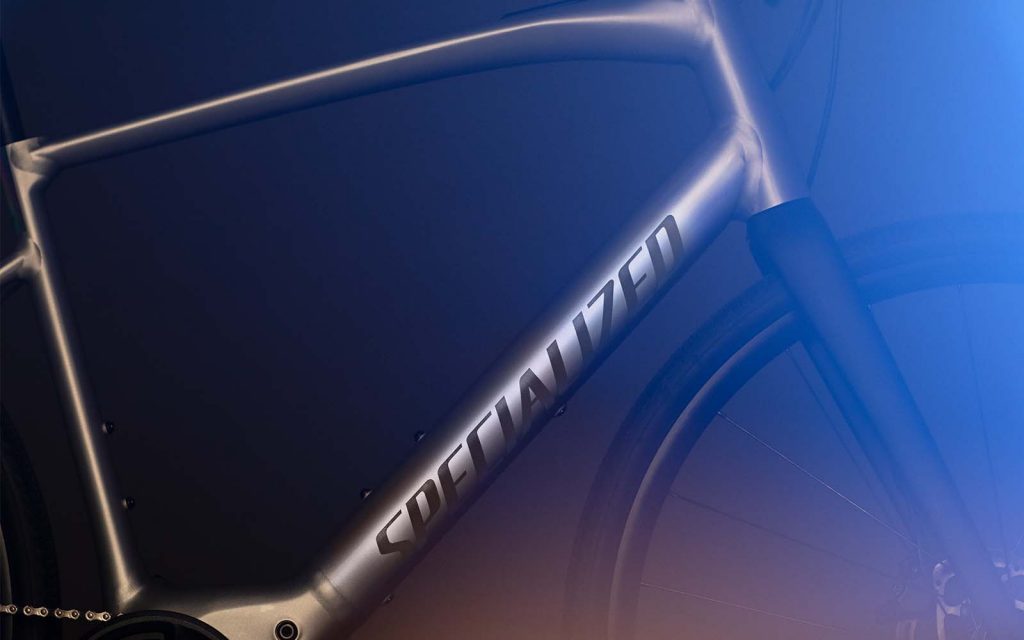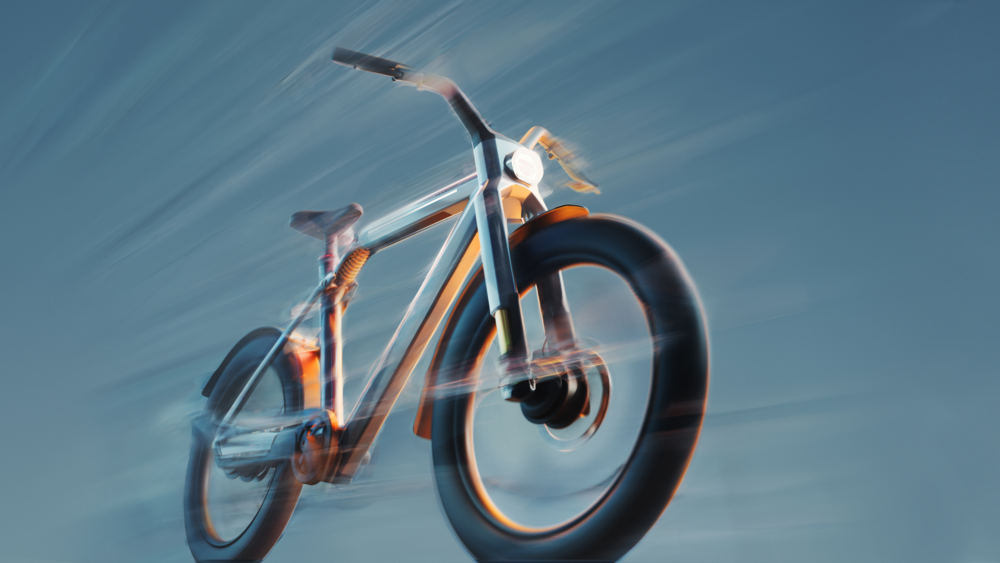Test Ride: Specialized’s Turbo Vado SL E-Bike
At the helm of the respected brand’s momentous new electric model

As an industry leader, Specialized champions the simple pleasures (and the thrilling abilities) of pedal-powered bikes. But, in an effort to keep up with a shifting cycling landscape and to remain at the forefront of mobility innovation, Specialized acknowledges the marker of a new era—the emergence of e-bikes. “The future is electric… and the future is here,” the brand proudly states alongside today’s announcement of its Turbo Vado SL E-Bike, a lightweight ride capable of reaching 28 miles per hour using a pedal-assist motor and nearly 120 miles per charge (with the add-on range extender). It’s the company’s most versatile e-bike yet. We’ve been joyfully riding a test unit for a couple weeks now and wanted to dig in to the category a bit further as well.

Specialized designers carefully considered every inch of the Turbo Vado SL to make it as light as possible. Smartweld aluminum construction makes it approximately 40% lighter than other models on market—a difference we immediately noticed when riding the bike and carrying it up a flight of stairs. Engineers made adjustments to the housing material (opting for magnesium over traditional resources) and employed a lightweight SL1.1 motor within. An integrated battery in the bike’s down tube provides the aforementioned engine with power, giving riders the freedom to visit a local shop or park on two wheels rather than in a car.

While the bike proves perfect for carefree cruising, its design and performance teams didn’t skimp on power. At full steam, the Turbo Vado SL matches the riders input at 100%—meaning the rider reaches a speed of “two times you.” This power propels one up a hill with ease. Different modes—OFF, (0% power) ECO (30% power), SPORT (60% power), TURBO (100% power), and SMART CONTROL (algorithm-determined outputs dependent on your desired ride length, destination, and battery level post-ride that update every 10 seconds)—offer variability depending on your activity. Moving between modes is easy using the controls at your left thumb (or on the top tube of the frame) and the power-assist in the pedals has a smooth, magical feel that rewards your own physical input.

To further appeal to both ends of the biking spectrum (those choosing e-bikes as their first owned ride and those adding an e-bike to a collection of two-wheelers), the Turbo Vado SL comes in “Unequipped” and “Equipped” models. The latter signifies the addition of a rear rack, front and back fenders and a rear light. However, standard on both models are all of the ergonomic features that make longer rides comfortable but still a careful balance between challenging and carefree.
To attest to these features, and expand upon the importance of Specialized’s growing footprint in the category, we spoke with LYFT and Tesla alum Ian Kenny, Specialized’s Brand Lead for Turbo e-Bikes.

As electric mobility becomes more pervasive, affordable and compact, it makes sense that we’d see it in bikes, but which driving force pushed the innovation to where it is today? Were e-bikes born from need or opportunity?
A little bit of both. Bikes have always been incredible tools for local transportation and recreation. As lower cost technologies—such as small electric motors, higher energy density batteries, and the digital tools needed to connect them to riders—became increasingly available, it was a natural evolution for people to start experimenting with how they could make the bicycle even more useful, fun, and efficient.
Now, we’re learning that people who ride e-bikes are riding farther and more regularly than they ever imagined possible—and they’re getting as much, or more, exercise as those riding bikes without rider amplification. It’s a little counterintuitive, we’ll admit, but if it means more rides more often, we’re all for it.

Electric bikes are often faster in congested areas, cheaper on a per-mile basis, and more fun than sitting in traffic when you’re out and about. Of all trips taken globally in cars, most are short—like, less than 10 miles short. Making the switch to two wheels for local transportation helps to eliminate your most carbon-intensive trips taken in a car.
Riding e-bikes for sport or recreation was once reserved for early adopters, but electric bikes have come a long way, and they can now take you on some pretty serious rides. Whether it’s more laps on your favorite trails, exploring past that next bend in the road, or an epic cross-country journey, e-bikes give riders the power to ride farther, faster.

There are e-bikes with powered wheels and there are ones with pedal assist technology. Philosophically, what’s the difference and why did Specialized choose to focus on the latter?
From the start, we’ve aimed to build e-bikes that are great bikes first, that just happen to be electric. It’s where our Turbo e-bike promise “It’s You, Only Faster” comes from. While there’s certainly a place for other types of electric mobility, we believe that amplifying a rider’s natural pedal power not only makes for a more efficient machine—meaning that you can go further faster—but that it also yields cognitive and emotional benefits that are only derived through the act of riding a bike. Check out Outride to learn a little more about some of the primary research we’ve done in this area.
With variable levels of pedal assist why does the bike need so many gears?
Our e-bikes are specifically tuned for maximum efficiency and range by amplifying the natural pedal power of the rider. That means that the motor is most efficient when the rider is most efficient. Gearing allows riders to achieve better efficiency in their pedaling while the pedal-assist modes are there to provide variation on the level of amplification that the rider requires.

The extra level of control you get from the app is great—do you have a sense for what percentage of customers take advantage of it?
While you can operate all Turbo e-bikes without using the Mission Control app, nearly all new riders have their bikes registered and paired to the Mission Control app to make use of features like Smart Control to help achieve optimal range, custom tune motor output to meet their needs and preferences, and soon to receive advanced alerts for common service needs should they arise.

You probably own a few bikes. What’s your personal use case for when you choose to ride an e-bike?
My wife and I have virtually eliminated short car trips by using the Turbo Como and Turbo Vado bikes that we have at our house. We use them for errands, getting to and from work, and for date nights. I’ve also been riding a Turbo Creo SL Evo (our electric gravel bike) for weekday workouts. I can get almost twice as much riding in over an hour-long lunch ride as I could previously and I’m still worked when I’m finished. I’ve also used it to discover a ton of new trails that I wouldn’t have otherwise as I no longer pay the penalty for exploring further than I might have before.
Images courtesy of Specialized












